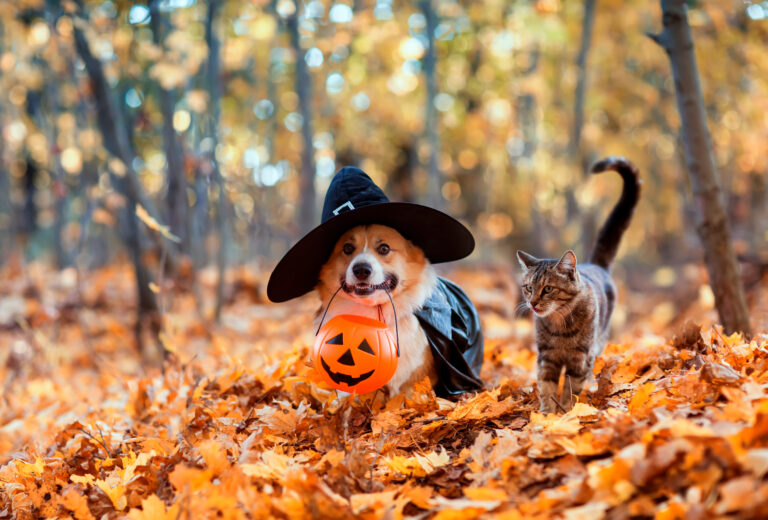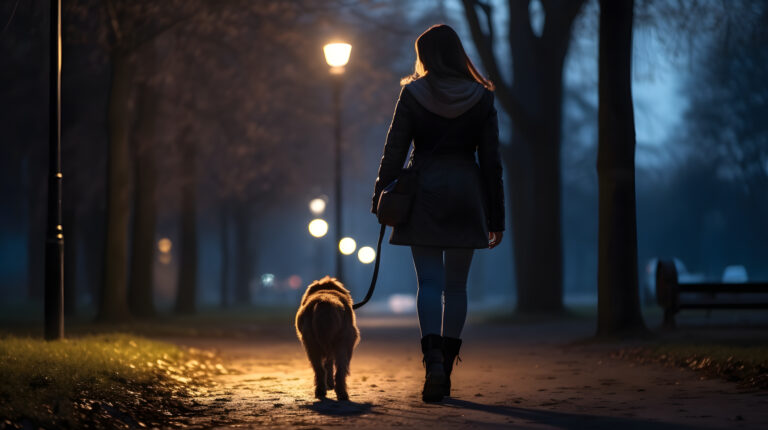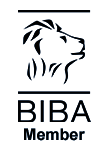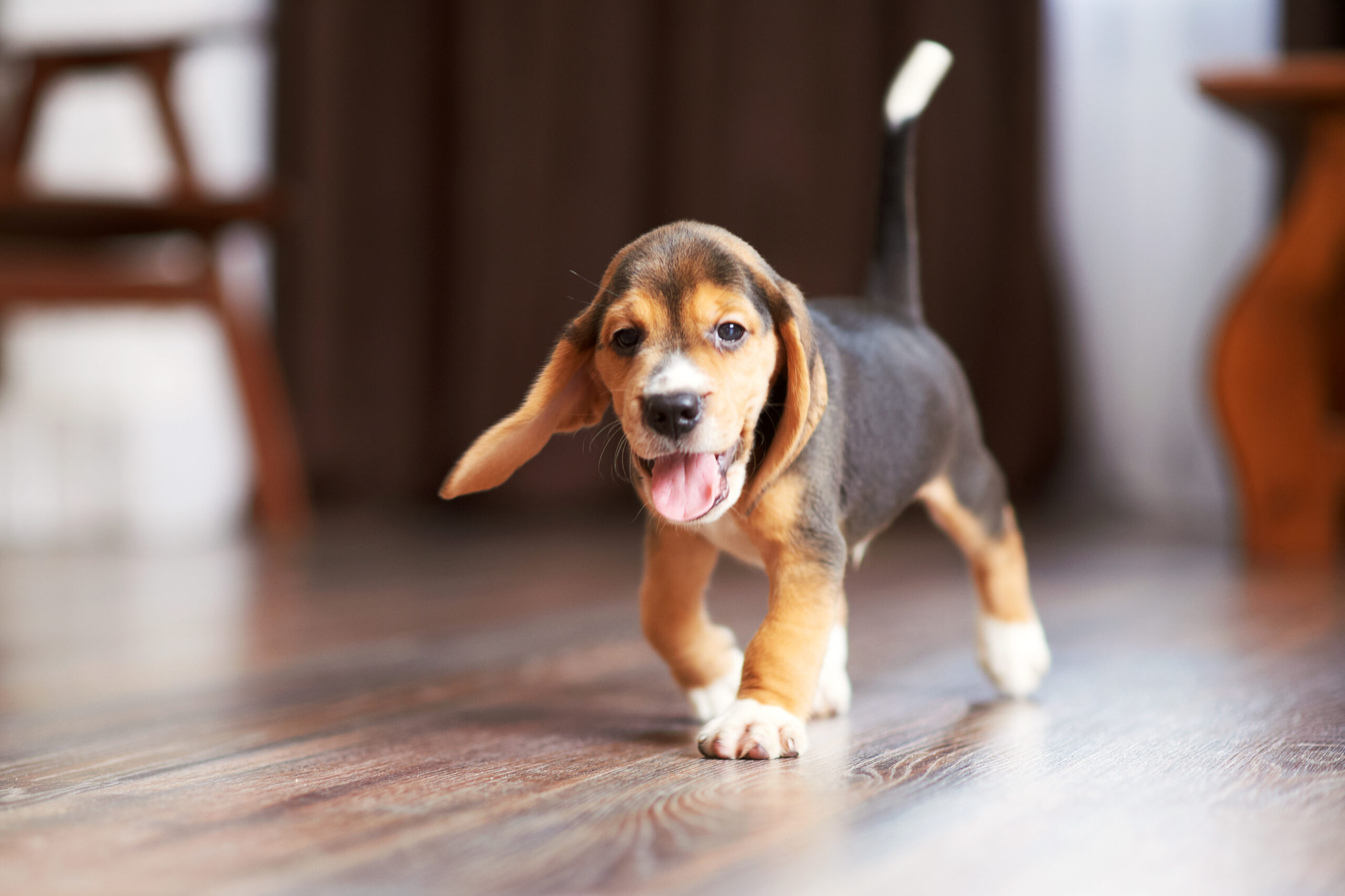
9 Steps to Puppy Proof Your Home
Bringing a new furry friend home is an exciting adventure, but it also needs careful preparation. Puppies are curious and quick to explore their surroundings, a lot like toddlers. To make sure they are safe, it’s essential to puppy proof your home, just like you would for a baby or toddler.
Follow this guide to make your home safe for your newest addition.
What is puppy proofing?
Puppy-proofing is the practice of making your home safe for your new dog. It also means taking precautions to make sure they can’t do any damage to your home. Please note, Puppies should not come home with you before they are at least 8 weeks old. This gives them time to learn some social skills from their mum and siblings. Just like 2–3-year-old human toddlers, puppies start testing boundaries at around 6-8 weeks old.[1]So, if you want to give yourself the best chance of teaching your puppy what they can and can’t do, make sure they are 8 weeks old minimum.
Why do I need to puppy proof?
Curious puppies might mistake household items for toys, while they discover their new environment. Items like power cables, remote controls, and cleaning products can be risky if a puppy chooses to chew on them. Puppy-proofing helps eliminate these dangers.
As soon as you bring your puppy home at 8 weeks, you should also start the toilet training process. It can take up to 12 months and, in the meantime, you are going to want to protect your carpets and floors.
Making sure your puppy is safe and secure means you can relax and spend time with them. You can also be sure your belongings and your pet are protected if you need to leave them for a time.
How to puppy proof your home:
If you’ve ever had a toddler or know a friend that has one, you’ll know taking your eyes off them for a second can lead to mischief. To avoid any dangerous situations, these are the steps you should take to puppy proof your home.
1. Conceal cables and cords:
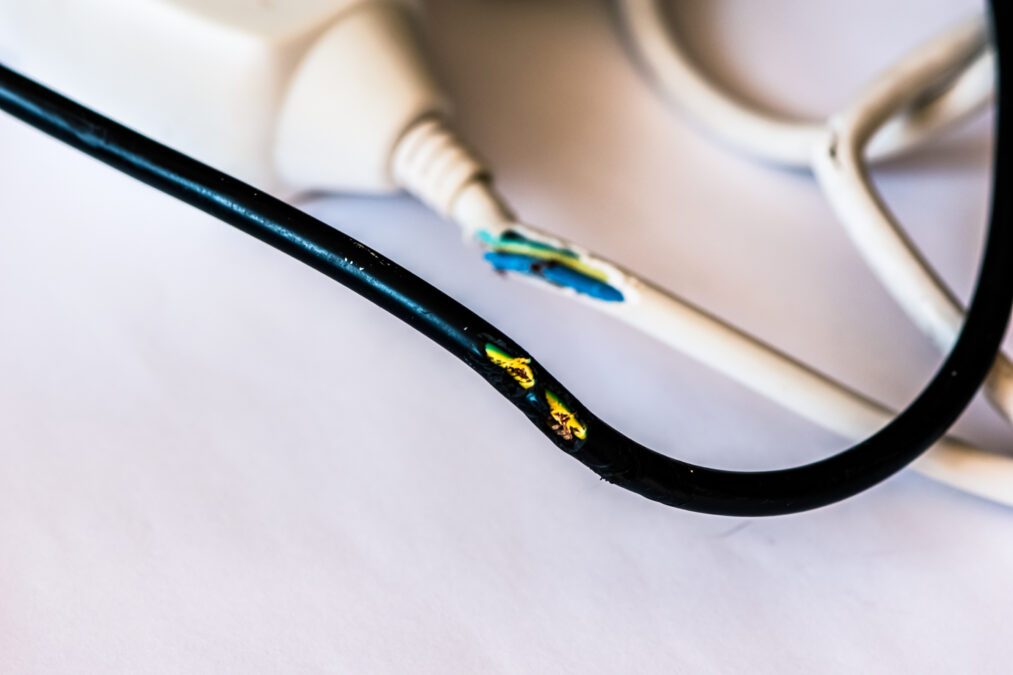
Puppies love to chew things and because they don’t have hands like us, they explore the world via their nose and mouth. Not only will a puppy chewing on a cable or cord damage the item, it could also result in a nasty shock and could even be fatal.
Investing in protective covers and moving wires up too high for your puppy to reach is the answer to this danger.
2. Move any toxic hazards:
Common household items can potentially be dangerous to your puppy. Medications, cleaning products and even some foods like chocolate and raisins are harmful to canines. Try and place them out of your puppy’s reach in high cupboards, or install child safety locks on your lower cabinets. Don’t leave food or medication laying around when you are done with them.
3. Think about Toy Safety

If you have children, teach them to put away their toys when they are done, especially small pieces like Lego bricks, to prevent a puppy chewing or eating them.
Make sure your puppy has lots of toys that are just for them, so they aren’t tempted to steal and chew the kids playthings! It’s also important to buy dog toys suitable for your dog’s size. Larger breeds may be able to swallow smaller toys and cost you a unexpected trip to the vets.
4. Move your plants:
Analyse your indoor and outdoor plants for toxic varieties before bringing home a puppy. Some plants, such as Fox gloves, Lillies and Mistletoe can be poisonous to dogs. Eliminate harmful plants from your home and surroundings or move them out of reach of curious puppies. You can find a full list of poisonous plants here.
5. Choose pet-friendly household products:

We all know puppies can make a mess, especially when house training. Be sure to choose non-toxic cleaning solutions to maintain a hygienic environment without triggering allergies or irritations in your pup. If you don’t want to spend lots of money, you can make your own natural cleaners, from products you have around the house. These are also safe for children and better for the environment!
6. Look out for climbing risks:
While puppies are growing, their bones are extremely fragile, meaning they’re more susceptible to fractures[2]. Protect your pup’s developing bones and joints by reducing chances for climbing and falling. Baby gates for the stairs are a good example of an easy hazard you can eliminate. Some breeds maybe more susceptible to hip problems, therefore are advised to avoid stairs.
Also think about getting some mini stairs or a ramp for your sofa if you want your puppy up there with you and they can’t jump up themselves.
7. Remove bin temptation:
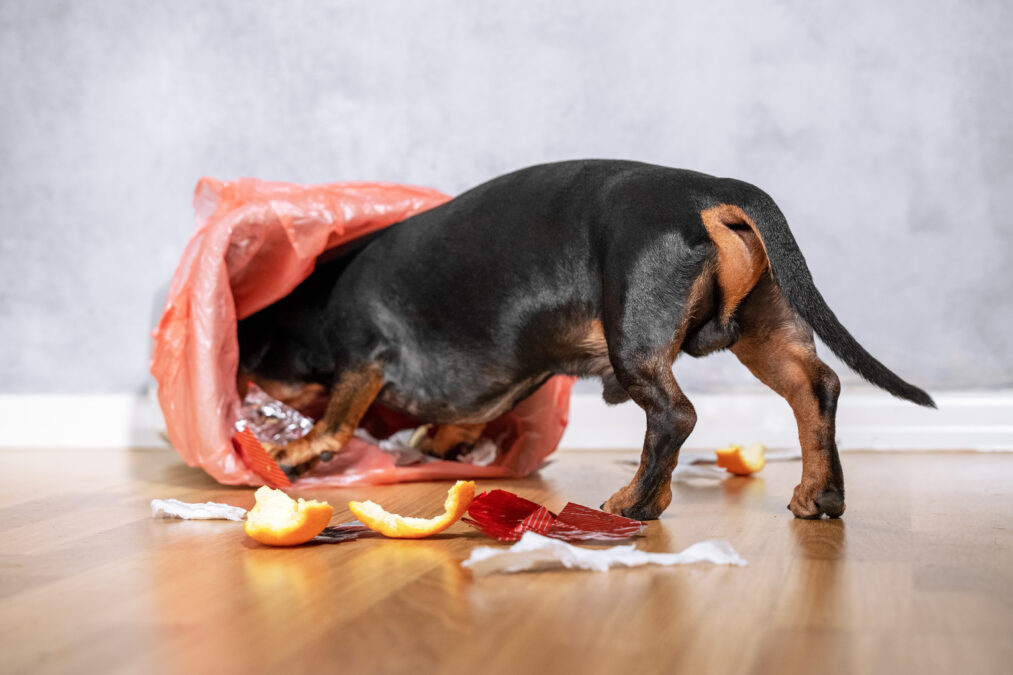
Puppies use their nose to explore the world and some old chicken bones or food scraps in a bin can smell extremely interesting. By securing your bins or putting them in a cupboard if you can will prevent your pup from accessing hazardous waste.
8. Block off rooms if you can’t puppy proof them:
Many pet owners install baby gates to restrict access to certain rooms like kitchens or bathrooms. People are in and out of these rooms quite often and will have certain dangerous products in them.
Using a baby gate to block them off can save you a lot of extra work. If you live with adults exclusively, just a sign reminding everyone in the house to keep these doors shut when not in use can also work.
9. Get pet insurance:
In case of emergencies, affordable puppy insurance offers peace of mind. Puppy insurance can cover veterinary expenses should you need to make a trip.
If you are unsure about something and need some guidance regarding the health of your puppy, Perfect Pet also provides an out of hours online chat service to their policyholders in partnership with The Vet Connection. This can help to put your mind at rest if you have a question out of hours.
Starting the journey of puppy parenthood is a challenging but fun time! Prioritise your pup’s safety by following this guide and making sure you are protected with reliable puppy insurance.
Get a Pet Insurance Quote today
[1] When Can Puppies Leave Their Mother – When To Take Your Puppy Home (thelabradorsite.com)
[2] Play is serious business when it comes to Puppies’ Bones | The Biokinetic K-9 (dogsolutions.co.za)




